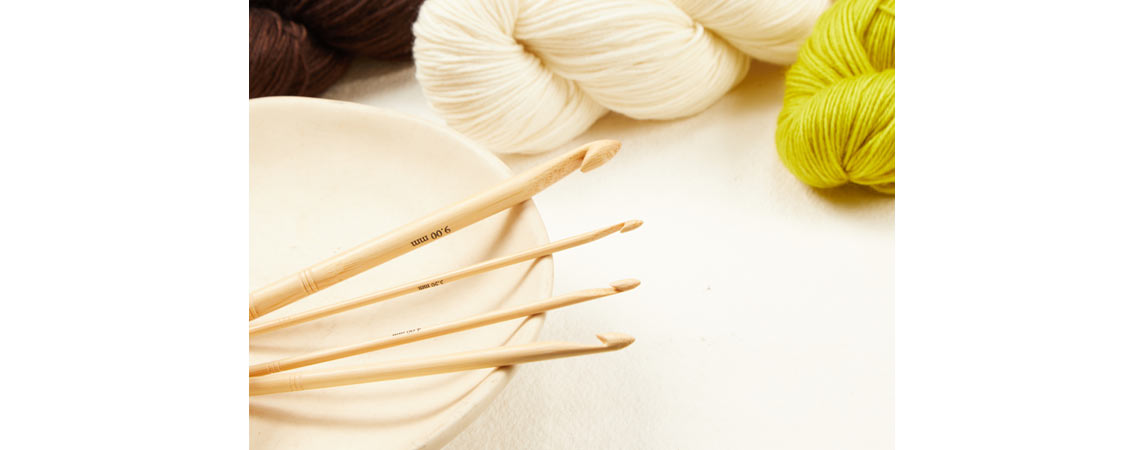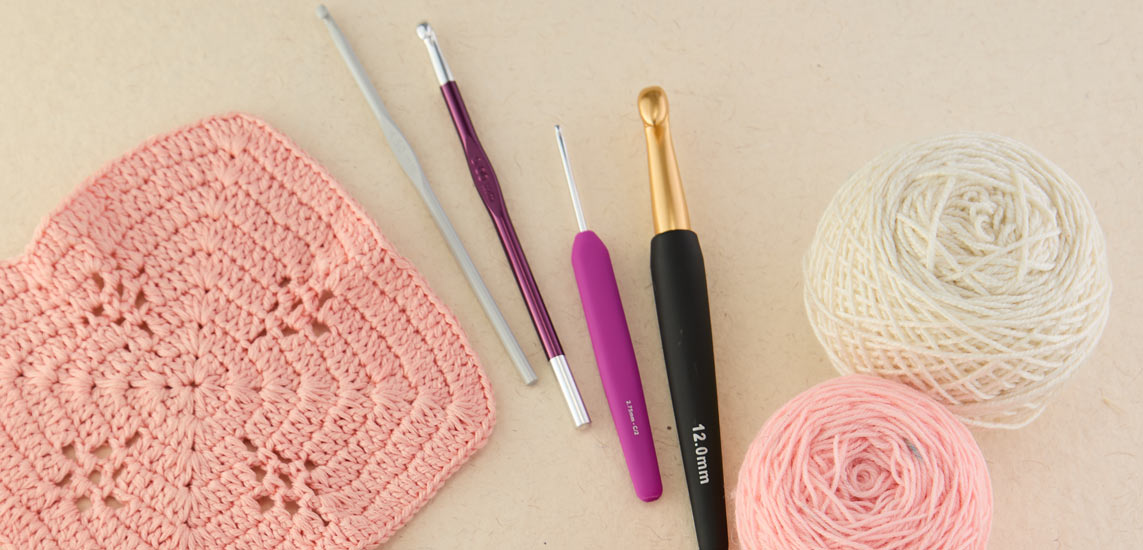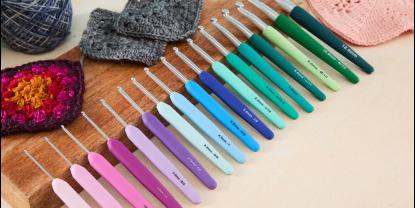Crab stitch is nothing but a single crochet which you simply do with your crochet hooks. Now, just imagine doing it in reverse, instead of moving from right to left, we do single crochet from left to right, essentially moving backward like a crab. This creates a beautiful raised edging that adds definition to your crochet projects.
Get the Pro-Like Crab Finish
Prepare your tools, whether it's a single ended crochet hook or any other type that you find convenient.
- Create a small swatch to practice the crab stitch on the last row.
- Put your hook into the very last stitch of the last row in order to begin working on your first crochet crab stitch after rotating it counterclockwise so that it points downward. (Since this is a reverse single crochet, you will work from left to right.)
- Now, for the twist, instead of inserting your hook in the top loop of the first stitch as usual, simply insert it under both loops of the last stitch, reaching from front to back.
- Yarn over with a hook and pull up the loop. You will now have two loops on the hook.
- Now yarn over again and pull through both loops on your hook.
You have just created a crab stitch. Continue this process until you have reached the end. At last stitch just bind off normally.
Bonus Tip: The crab stitch can sometimes appear a little bit tight, especially for beginners. To prevent this, try working your crab stitches a bit looser than you normally would with regular single crochet.
The Crab Stitch is more than just an Edgy Border

This versatile stitch offers a surprising range of applications that can transform your crochet projects.
Decorative Border: Of course, the crab stitch shines as a decorative border. It creates a beautiful raised edge that also adds definition and prevents curling. Use it on blankets, bags, garments, and anywhere else you want to achieve this polished finish.
Crocheted Seams: If you are tired of bulky seams that detract from your project, then use the crab stitch to crochet seams together. It will enhance the overall look of your projects, and the bonus will be ensuring a secure closure.
Textural Play: Don’t limit crab stitch to borders. Use it to create textured strips or rows within your project. This will add a beautiful touch and depth, especially when combined with other stitch patterns.
Circular Shining Star: The crab stitch can be worked in rounds for stunning results. Create ruffled edges for coasters, placemats, or even pot holders. To give your project a unique look, crochet it with a Tunisian crochet hook and then add this stitch type for the ruffled edge.
Prevent curling even on knits: This stitch can be employed even on projects knitted with knitting needles. It firmes up the edge to prevent it from rolling. It’s a very useful trick to straighten out wavy or stretched edges, which commonly occurs on the bottom of sleeves, dresses, and sweaters.
Here is a thing to keep in mind: unlike regular crochet, which runs from right to left, crab stitch moves from left to right if you are right-handed. It's reversed for left-handers.
You may add this edge to practically anything you can work on, including stitches, because it begins with a foundation row or round of single crochet. Using a contrasting color looks wonderful, but if you want a more subtle effect, use the same color and highlight the texture difference. Now go ahead and practice this newly learned stitch pattern with all single to double ended crochet hooks to achieve perfection every time you plan to incorporate it into your garments.












